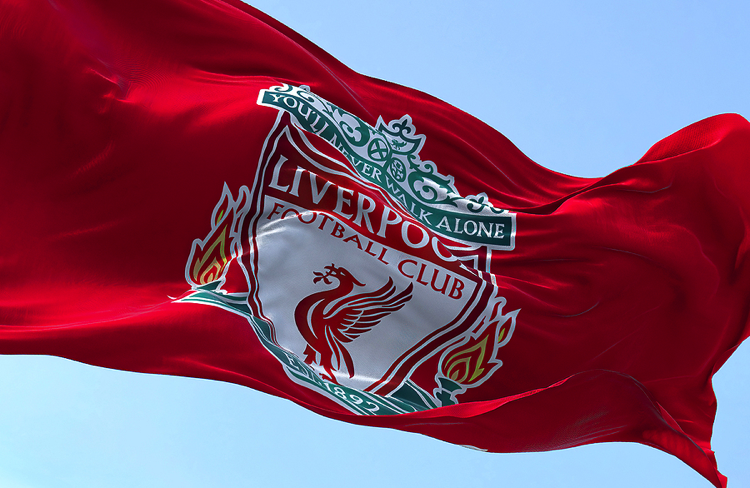Liverpool FC have a long and complicated history. The Merseyside giants were originally founded way back in 1892, and have since gone on to be one of the most successful football teams of all time, having won an impressive 19 top flight titles and an English-record six European Cups (as of the completion of the 2022/23 campaign).
In this article, we will take a look at how and when the club was founded, and how this involved local rivals, Everton. We will then be taking a look at when the other teams in the Premier League “big six” were founded, to see how they compare to the Reds.
When Was Liverpool Football Club Founded?
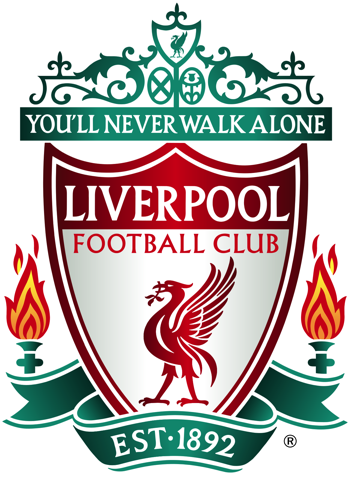 Well, our story starts on what most Liverpool fans would class as the “wrong” side of the city of Liverpool – Everton. The Toffees had been founded back in 1878, and moved to a little-known football ground named Anfield in 1884, as the future Liverpool stadium was owned by Everton Club President, John Houlding, who becomes very important to this story! Following several successful years at Anfield, in which the club even won the First Division title in the 1889/90 campaign, things started to get a bit tense within Everton, as Houlding began to clash with the club’s board of directors.
Well, our story starts on what most Liverpool fans would class as the “wrong” side of the city of Liverpool – Everton. The Toffees had been founded back in 1878, and moved to a little-known football ground named Anfield in 1884, as the future Liverpool stadium was owned by Everton Club President, John Houlding, who becomes very important to this story! Following several successful years at Anfield, in which the club even won the First Division title in the 1889/90 campaign, things started to get a bit tense within Everton, as Houlding began to clash with the club’s board of directors.
This tension largely arose due to Houlding’s continued increasing of the club’s Anfield rent; by 1892, the Toffees were paying £250 to rent the ground, a dramatic increase from the £100 that Houlding had been charging when they first moved there in 1884. Not only this, but questions were being raised about Houlding’s own agenda, as both Everton Club President and owner of Anfield, as he seemed to be taking advantage of his position for his own gain.
Houlding was a brewer by trade, and he declared that only his own ale was to be sold at Anfield on match days. His decision to have the Everton players use a pub (which sold his beer) as a dressing room was similarly unpopular! These different factors all culminated in a big meeting taking place between Houlding and the club’s board of directors in 1892, to see what could be done about the Anfield problem.
The Anfield Meeting
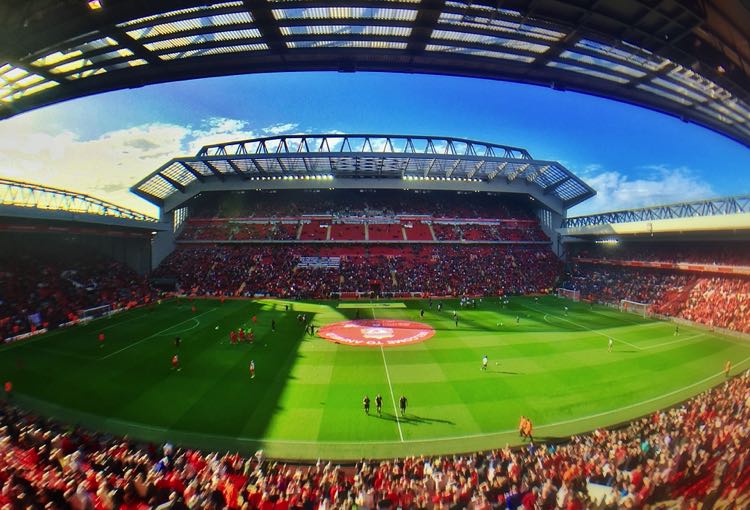
In this climactic meeting, Houlding declared that he wished to sell Anfield Stadium to Everton and its board, a move he thought would allow the club to truly establish themselves as one of the top sides in England. However, the board did not see eye to eye, and instead were aiming to secure a long-term rental agreement at an affordable price, rather than committing to such a significant financial investment.
When Houlding then named his price for this rental, the board deemed it far too expensive, and therefore decided to leave Anfield for good and seek a new ground, leaving Houlding without a team to fill his stadium. The former Everton president therefore decided to set up his own team to play at Anfield, a team that became known as Liverpool Football Club.
Liverpool Football Club
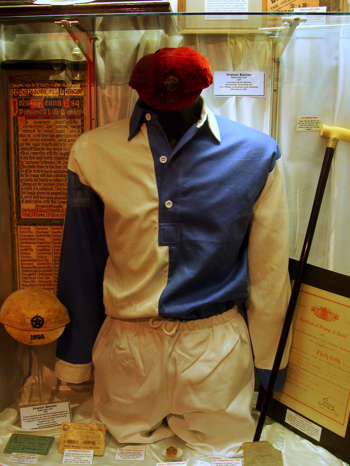
It is worth noting that this wasn’t Houlding’s first choice for a club name: he initially attempted to hold on to the “Everton” name, and even tried to register the club as “Everton Football Club and Athletic Grounds Company, Limited” with Companies House! Unfortunately (well, not for Liverpool fans), the FA declared that the “Everton” name belonged to the club that had just vacated Anfield, and were now playing at Goodison Park, and Houlding therefore settled on “Liverpool Football Club.”
The newly formed Liverpool then, rather over-confidently, requested to immediately join the First Division, rather than the Second Division, despite never having played a professional match. They were quickly rejected by the Football League.
What Happened in the Club’s First Season?
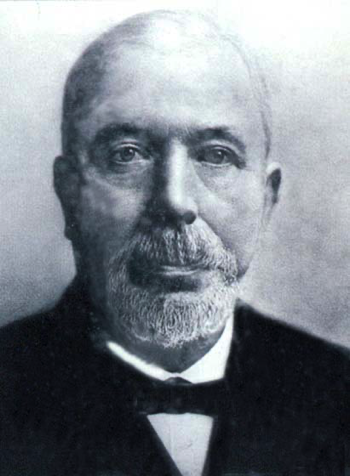
Well, as the Reds were unable to join the Football League, they instead elected to join the local Lancashire League. Liverpool F.C.’s first ever match came against Rotherham Town on the 1st of September 1892 in a pre-season friendly, and the club were victorious, winning by an impressive 7-1.
Rather surprisingly, the club’s playing squad in this period was not made up of local talent, and was instead populated by a group of Scottish players that had been recruited by manager John McKenna. This led to the Reds being nicknamed the “team of Macs”, and the Scottish players certainly did the job! Despite initial low attendances, only 200 spectators turned up to the club’s game against Rotherham, the club’s impressive form, which saw them win the Lancashire League, meant that around 2,000 fans turned up to their final home game of the season.
Following the resounding success of the Merseyside club’s first campaign, they decided to again apply to join the Football League and were successful on this occasion. Liverpool’s first campaign in the Football League saw them finish top of the Second Division, where they were then able to defeat fierce rivals Manchester United in a test match, as promotion deciders were then knowns, to reach the top English top flight for the first time. This was a remarkable success story for Houlding and the club, who now found themselves one of England’s top teams, despite being rejected from joining the league just two years prior.
When Were the Other “Big Six” Clubs Founded?
Below, we have compiled a table to analyse how Liverpool compare to the other “big six” (as the term is widely understood in 2023) clubs of English football, in terms of when they were founded.
| Rank | Club | Year Founded |
|---|---|---|
| 1 | Manchester United (known as Newton Heath at the time) | 1878 |
| 2 | Manchester City | 1880 |
| 3 | Tottenham Hotspur | 1882 |
| 4 | Arsenal (known as Dial Square at the time) | 1886 |
| 5 | Liverpool | 1892 |
| 6 | Chelsea | 1904 |
As we can see, in relation to the rest of the “big six”, bar Chelsea, the Reds are almost the new kids on the block! In fact, Liverpool and Chelsea actually have very similar stories, as the Blues were founded by Gus Mears after he couldn’t find a team to play at Stamford Bridge stadium, which he owned. Furthermore, despite being founded second-last of the “big six”, Liverpool were actually the first to win the First Division title, something they achieved in 1900/01.

